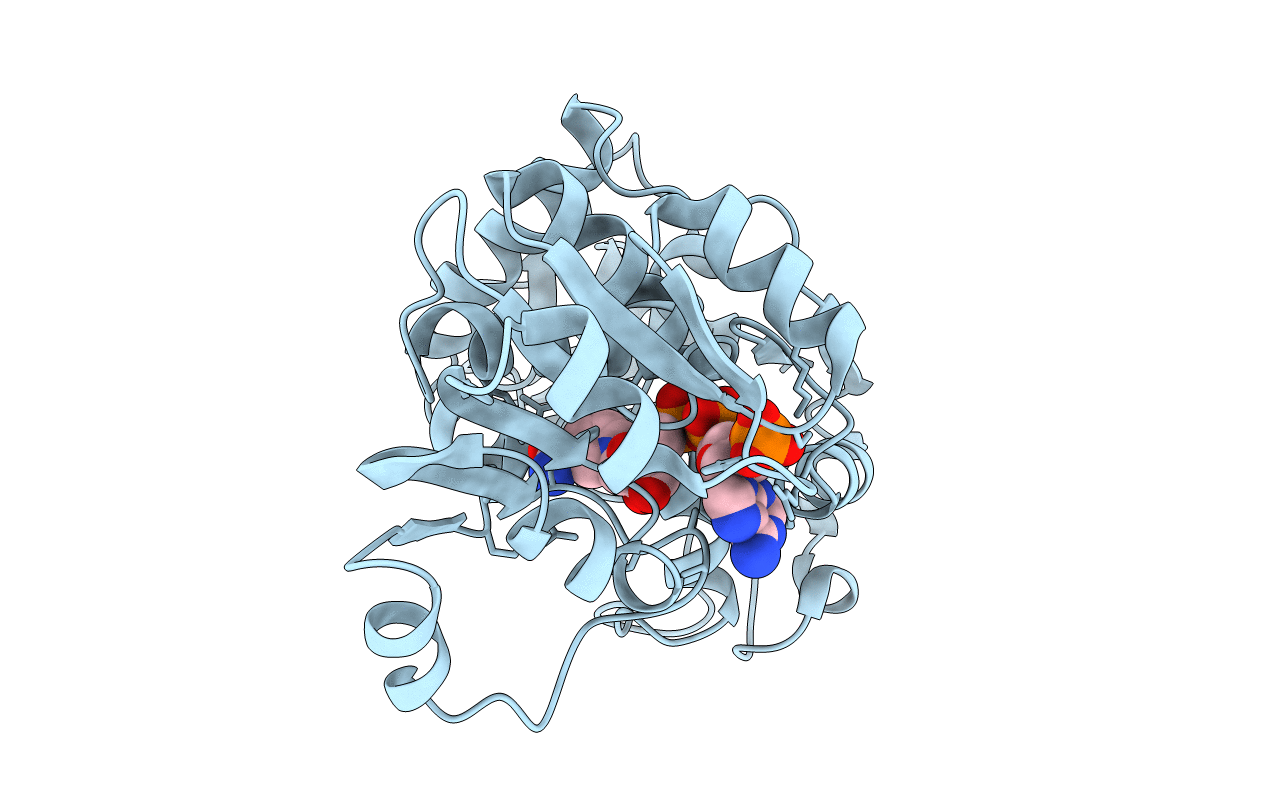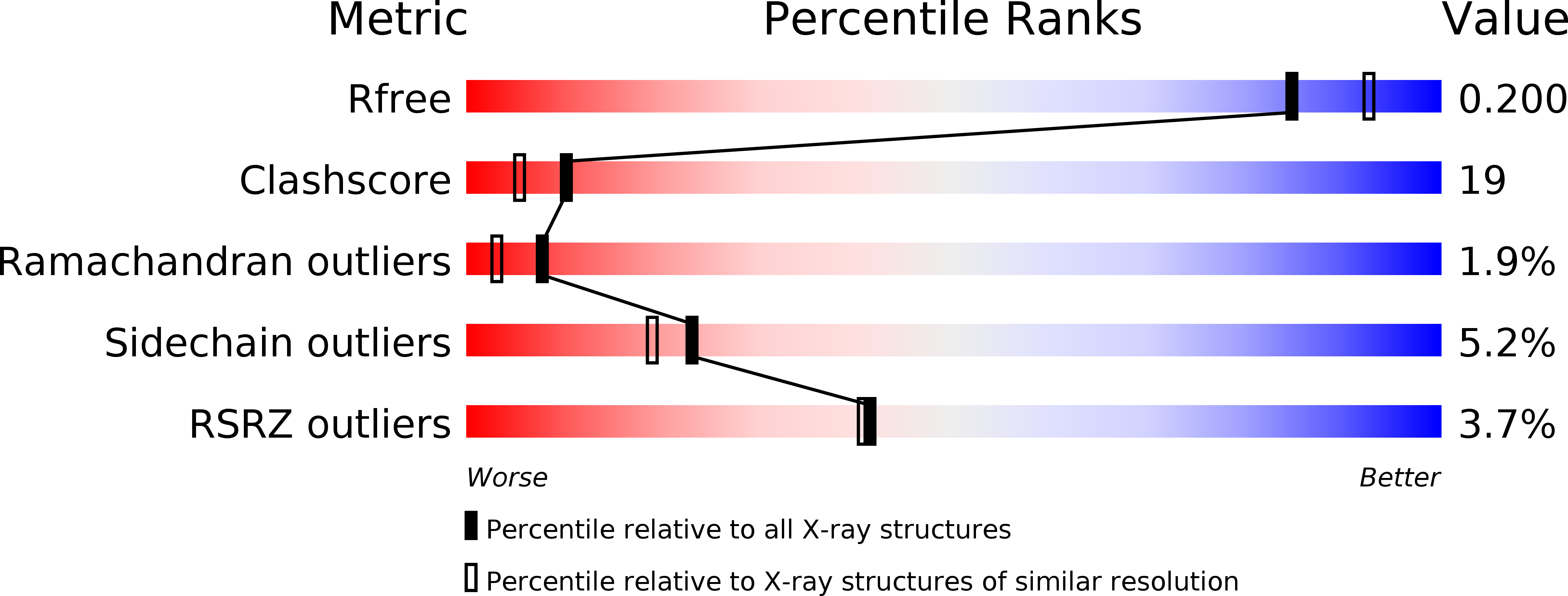
Deposition Date
2009-09-22
Release Date
2010-01-12
Last Version Date
2023-11-01
Entry Detail
PDB ID:
3JYN
Keywords:
Title:
Crystal structures of Pseudomonas syringae pv. Tomato DC3000 quinone oxidoreductase complexed with NADPH
Biological Source:
Source Organism:
Pseudomonas syringae pv. tomato (Taxon ID: 323)
Host Organism:
Method Details:
Experimental Method:
Resolution:
2.01 Å
R-Value Free:
0.23
R-Value Work:
0.20
R-Value Observed:
0.20
Space Group:
P 31 2 1


